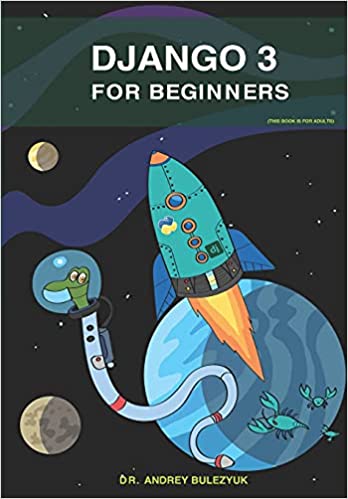- Introduction: Understanding the Need for Streamlined Code Deletion
- The Sensenmann Approach: How It Works and Its Advantages
- Implementing Sensenmann: Best Practices and Tips
- Conclusion: Maximizing Efficiency and Minimizing Risks with Sensenmann
Introduction: Understanding the Need for Streamlined Code Deletion
As software development continues to evolve, so does the need for efficient and effective code management. One of the most critical aspects of code management is code deletion. Removing unnecessary or outdated code can significantly improve the performance and security of an application. However, deleting code can be a daunting task, especially when dealing with large-scale applications.
Traditional code deletion methods can be time-consuming and error-prone, leading to potential risks and inefficiencies. This is where Sensenmann comes in. Sensenmann is a streamlined code deletion approach that can help developers delete code on a massive scale with ease and efficiency.
In this article, we will explore the benefits of Sensenmann and how it can help developers maximize efficiency and minimize risks when deleting code. We will also provide tips and best practices for implementing Sensenmann in your software development process. So, let’s dive in and learn more about this innovative approach to code deletion.
The Sensenmann Approach: How It Works and Its Advantages
Sensenmann is a code deletion approach that uses a combination of static analysis and machine learning to identify and remove unnecessary or outdated code. The approach involves analyzing the codebase to identify code that is no longer in use or has been replaced by newer code. Sensenmann then uses machine learning algorithms to predict the impact of deleting the identified code on the application’s performance and functionality.
One of the significant advantages of Sensenmann is its ability to identify and delete code on a massive scale. This is particularly useful for large-scale applications that have thousands or even millions of lines of code. Sensenmann can help developers save time and effort by automating the code deletion process, allowing them to focus on more critical aspects of software development.
Another advantage of Sensenmann is its ability to minimize the risks associated with code deletion. Traditional code deletion methods can be risky, as deleting the wrong code can lead to unexpected errors and bugs. Sensenmann’s machine learning algorithms can predict the impact of deleting code, allowing developers to make informed decisions and minimize the risks associated with code deletion.
Implementing Sensenmann: Best Practices and Tips
Implementing Sensenmann in your software development process requires careful planning and execution. Here are some best practices and tips to help you get started:
1. Start small: Begin by implementing Sensenmann on a small scale to test its effectiveness and identify any potential issues. This will help you refine your approach and ensure that Sensenmann is working as intended before scaling it up.
2. Collaborate with your team: Sensenmann is a team effort, and it’s essential to collaborate with your team members to ensure that everyone is on the same page. Make sure that everyone understands the benefits of Sensenmann and how it works.
3. Monitor the results: Keep track of the results of Sensenmann’s code deletion process to ensure that it’s working as intended. Monitor the application’s performance and functionality to ensure that there are no unexpected errors or bugs.
4. Refine your approach: Refine your Sensenmann approach over time to ensure that it’s optimized for your specific application and development process. This may involve tweaking the machine learning algorithms or adjusting the criteria for identifying unnecessary code.
By following these best practices and tips, you can implement Sensenmann effectively and reap the benefits of streamlined code deletion on a massive scale.
Conclusion: Maximizing Efficiency and Minimizing Risks with Sensenmann
In conclusion, Sensenmann is an innovative approach to code deletion that can help developers maximize efficiency and minimize risks when managing large-scale applications. By using a combination of static analysis and machine learning, Sensenmann can identify and delete unnecessary or outdated code with ease and efficiency.
Implementing Sensenmann in your software development process requires careful planning and execution, but the benefits are well worth the effort. Sensenmann can help you save time and effort by automating the code deletion process, allowing you to focus on more critical aspects of software development. It can also minimize the risks associated with code deletion by predicting the impact of deleting code and allowing developers to make informed decisions.
Overall, Sensenmann is a valuable tool for any software development team looking to streamline their code deletion process and improve the performance and security of their applications. By following best practices and tips for implementing Sensenmann, you can ensure that it’s working as intended and optimized for your specific application and development process.








0 Comments